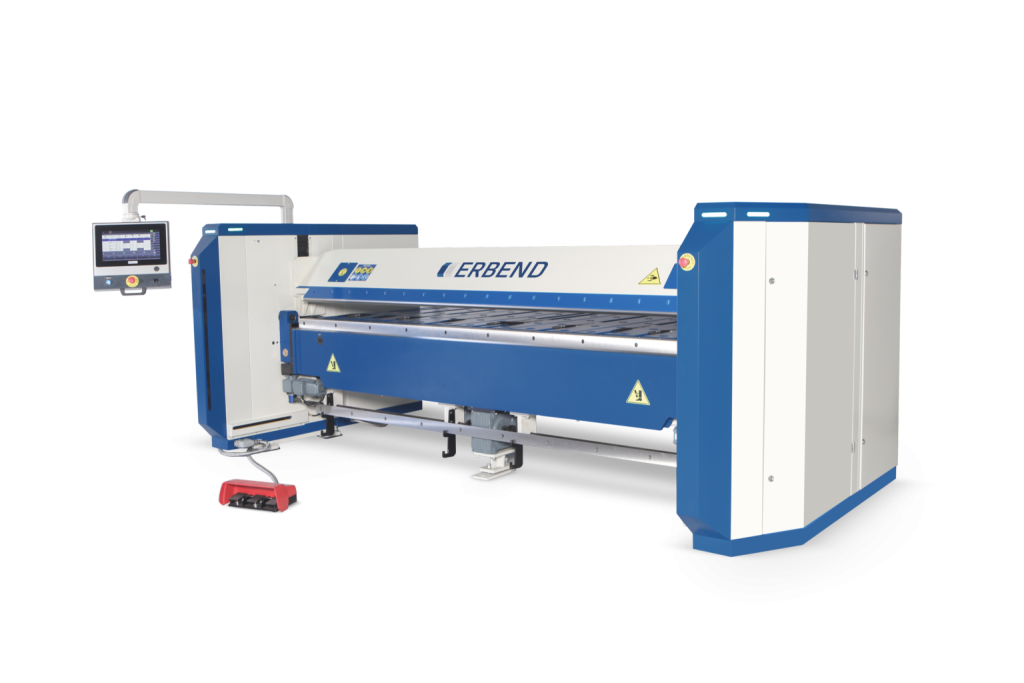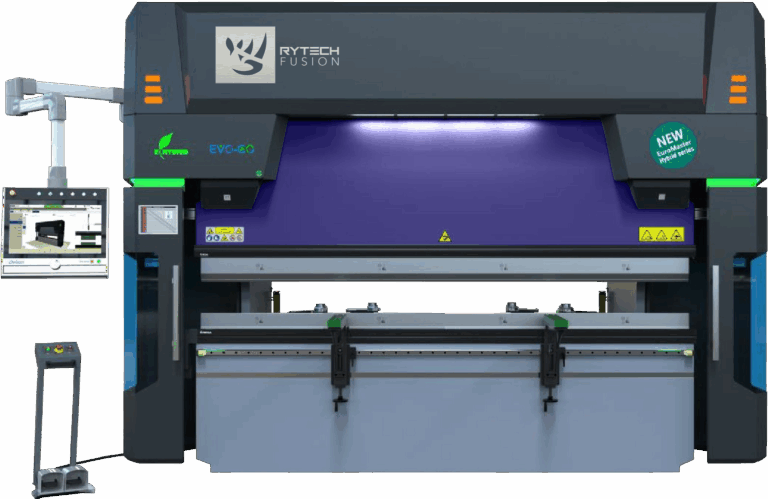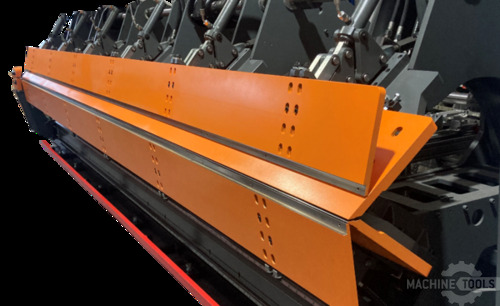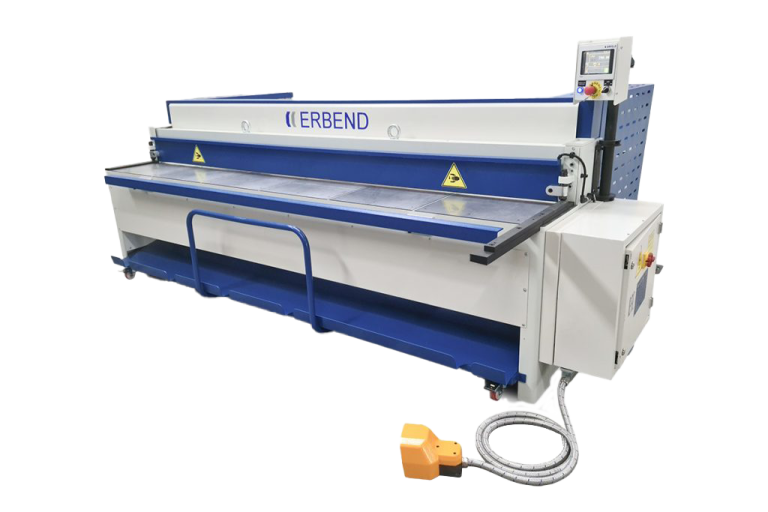Understanding Precision Slitting in Coil Systems
As someone deeply embedded in the world of metal forming and fabrication, I’ve seen firsthand how precision slitting in coil systems can transform operations. Precision slitting involves cutting coils into narrower strips with exceptional accuracy, which is crucial for reducing edge waste and minimizing downstream rework. This process is not only about cutting but about enhancing the entire material utilization strategy. By employing advanced systems, shops can achieve tighter tolerances and cleaner cuts, leading to less scrap and more efficient use of materials.
The Impact of Precision Slitting on Waste Reduction
In my experience, precision slitting dramatically reduces waste. Traditional methods often leave rough edges that require additional processing, but precision slitting ensures clean edges from the start. This reduces the need for secondary trimming and rework, saving time and resources. Shops utilizing systems like Stefa or Akyapak can attest to the significant decrease in material waste and the resulting cost savings. Precision slitting aligns with lean manufacturing principles, where every inch of material counts.
Real-World Success: Enhancing Efficiency in Coil-Fed Production
I’ve had the privilege of working with numerous shops that have successfully integrated precision slitting into their coil-fed production lines. One notable example is a roofing manufacturer in southern Chicago that upgraded to an automated slitting system. This upgrade not only improved their throughput but also enhanced the quality of their final products. By reducing edge waste and rework, they saw a substantial improvement in their ROI and overall production efficiency.
ERBEND MFB STEEL SHEET FOLDING MACHINE
Evaluating Your Current Slitting and Folding Equipment
Before making any changes, it’s crucial to evaluate your current equipment. Look for signs of inefficiency, such as frequent rework, high material waste, or slow production speeds. Machines like older hydraulic folders might not offer the precision needed for today’s demands. If you’re unsure, a professional assessment can provide clarity on whether your equipment is meeting your production goals or if an upgrade is necessary.
Upgrading to Automated Systems: A Guide to Increased Throughput
Automation is key to boosting throughput and consistency. Automated systems, such as servo-driven folders, offer precise control and repeatability that manual processes simply can’t match. By reducing the reliance on manual labor, these systems not only increase production speed but also improve quality. Investing in automation can lead to significant labor savings and a more consistent output, which directly impacts your bottom line.
Integrating Decoiling and Shearing for Optimal Workflow
Integrating decoiling and shearing with your precision slitting setup can streamline your workflow. By coordinating these processes, you can ensure a smooth transition from coil to final product. This integration minimizes handling and reduces the risk of errors, which is vital for maintaining quality and efficiency. Systems like the Mac Shear or Rytech are excellent choices for achieving seamless integration.
Pat O’Neill’s Insights on Improving Metal Forming Processes
Throughout my career, I’ve seen the transformative power of modernizing metal forming processes. Upgrading to precision slitting systems is not just about technology; it’s about embracing a mindset of continuous improvement. By focusing on precision, automation, and integration, shops can achieve remarkable gains in efficiency and quality. Remember, the goal is to produce more with less and to do so consistently.
FAQ Section
When is the right time to upgrade a roll former or folder?
Evaluate performance regularly. If you notice increased downtime or rework, it might be time to upgrade.
How do servo-driven folders compare to hydraulic systems?
Servo-driven folders offer superior precision and speed, reducing the need for manual adjustments.
What’s the difference between a combi-beam and double folder?
A combi-beam offers flexibility for different profiles, while a double folder excels in handling complex bends.
What are signs a roll forming line is no longer cost-effective?
High scrap rates and frequent maintenance issues indicate inefficiency.
How can coil automation reduce operator requirements?
Automation reduces manual handling, allowing operators to focus on quality control and other tasks.
What kind of maintenance schedule do panel benders need?
Regular inspections and preventative maintenance are key to ensuring longevity and performance.
Can older shears be upgraded with safety and accuracy features?
Yes, retrofitting can improve safety and precision, extending the life of older equipment.
If you’re considering an upgrade or need guidance on optimizing your metal forming processes, I’m here to help. With years of experience in the industry, I can offer insights tailored to your specific needs. Feel free to reach out for a walkthrough, demo, or quote. Let’s work together to ensure your shop’s long-term success.
Get Weekly Mac-Tech News & Updates








